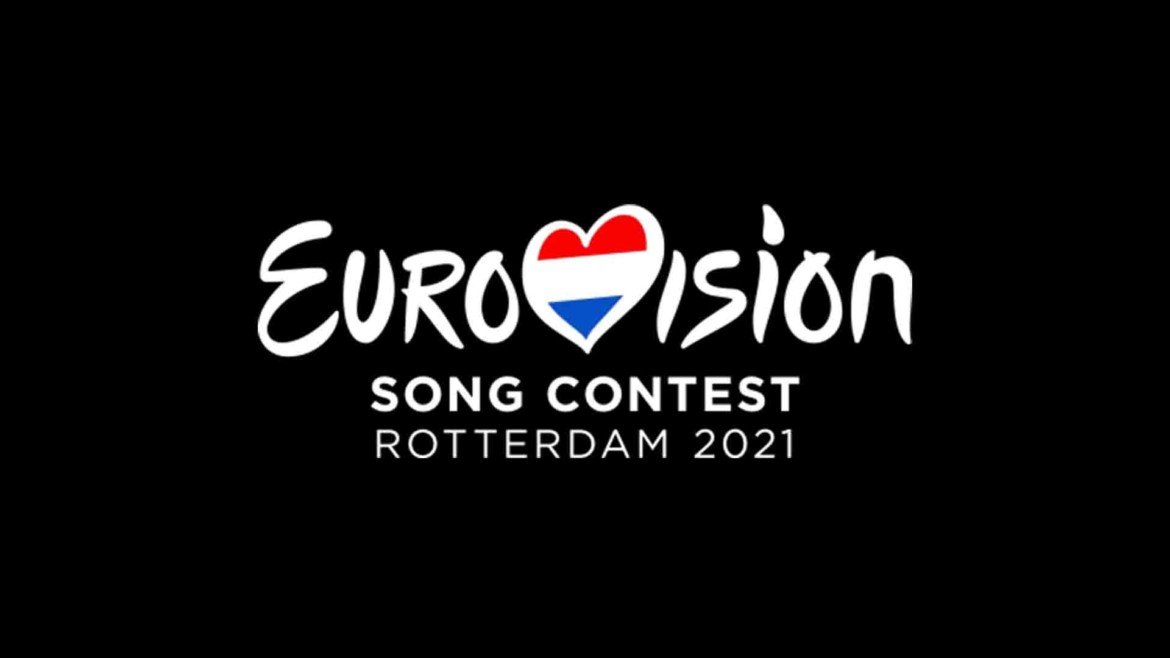THE EVOLUTION OF MARKETING
The development of marketing has led, among other things, to the fact that media such as newspapers and magazines have switched to online presence. Print media was once the most successful marketing “tool” (in Europe and the USA). Newspapers and magazines were the most important sources of information. The few advertisements in newspapers and magazines focused exclusively on local business. There was a time when newspaper boys spread the news along with advertisement on the streets. Today, there is no one standing anywhere in the street loudly announcing the latest news. And also nowadays fewer and fewer newspapers are bought at the kiosk on the corner. Especially the introduction of online advertising, which is comparatively cheaper, has weakened the market of printed advertisements in local magazines. For a newspaper country like Germany, this is a significant change. Every day, 327 daily newspapers are published with a total print run of 13.52 million copies (as of 2019). Nevertheless, the online offering is still appealing. Particularly among the younger target groups.
FACT: The movable letters made it possible for the first time in Germany to distribute messages via mass printing in 1450. Letterpress printing was born. Invented by Gutenberg.
QuantUM Leap Television
A technical medium expanded the marketing market in the 1920s. After the USA, radio now also conquered Europe. The introduction of television in 1935 opened up a new medium for companies to reach customers with advertising messages. A modern form of advertising with moving images, which was much more multi-layered and complex than print media and radio. But after the war, television advertising did not yet come into play. In the western world, there was a high demand and at the same time a high purchasing power (economic boom), so that the industry could hardly meet it. This circumstance, the poor picture quality of the television sets and the low number of users (in 1935 there were an estimated 250 television viewers for 75 registered receivers) were not attractive enough for advertising companies. It was not until the 1980s that television overtook radio and magazines with their user numbers.
FACT: The first radio program in Germany was broadcast on October 29, 1923. Friedrich Georg Knöpfke opened Germany’s first radio station with the words: “Attention, attention, this is the Berlin Vox-Haus on wave 400 meters. Ladies and gentlemen, we inform you that today the entertainment radio service begins with the distribution of music performances by wireless telephone.”
The value Of the Costumer
In the 1980s, the first cell phones and computers were available on the market, heralding the digital age. Advertising revenues for print products such as newspapers and magazines fell. One reason was that the simplified desktop publishing option greatly increased the distribution of brochures and flyers. The quality of television improved and more stations were established. The broadcasting time for advertising was increased because more and more private households owned a television set. At that time, the focus of marketing for advertising companies was still on influencing the purchasing decisions of the general public rather than a specific group of customers. This view changed from the 1990s onwards and gained momentum with the new millennium. The customer has been an active partner ever since and has gained in importance among advertising companies. Communication between the customer and the company arose and became increasingly important. Nowadays, companies are judged, among other things, by how well they can conduct dialogues with their customers. That is, how well they can analyze the needs of their customers and align their offer accordingly.

FACT: On November 3rd, 1956, it premiered on the First German Television: The very first commercial was shown on the screen. The 55-second film takes place in a Bavarian pub. A man, played by Beppo Brem, slips while cutting the meat and splashes sauce on the tablecloth.
The Triumph Of Digital Media
Due to the flood of advertising, the aversion became widespread. Commercials longer had an cultural appeal, and some consumers began to pay for pay TV so that they could watch the TV program without interruptions. This was the starting signal for the establishment of new marketing channels, such as event marketing, PR or product placements. The age of online marketing offered for the first time the opportunity to make advertising interactive and personalized. Thus Pay-Per-Click (PPC) replaced the classical pricing for thousand contacts (CPM).
The last phase of the marketing development led to a completely new interpretation of the advertising term. Social networks made the exchange between companies and customers more direct and easier. New formats such as Influencer-Marketing emerged and turned advertising, which had previously felt annoying and intrusive, into welcome and entertaining information. The analysis of user data (thanks to Big Data) allows for maximum personalization of marketing activities. And mobile usage makes it easier for users to access offers anytime and anywhere.

Experience marketing, online marketing or event marketing are in the foreground. In contrast to commercials and advertisements, current marketing is all about entertainment or information about the product. Emotional and active bonds between customer and company, the brand or the product should be built up through pictures, texts, videos or podcasts. Advertising is a strong and influential instrument that reaches customers worldwide thanks to the Internet and is no longer tied to a local audience. The customer sits at the center of the marketing machine and with his clicks he actively shapes the development of the offer. He likes, subscribes and follows the content, companies and products that appeal to him.
The next marketing development could be the avatar shopping experience. An expansion of digital possibilities, where it will be much more global and complex. In the digital aspect marketing will evolve and change. There are no limits to the creativity of companies and the progress of technology.






Leave a Reply